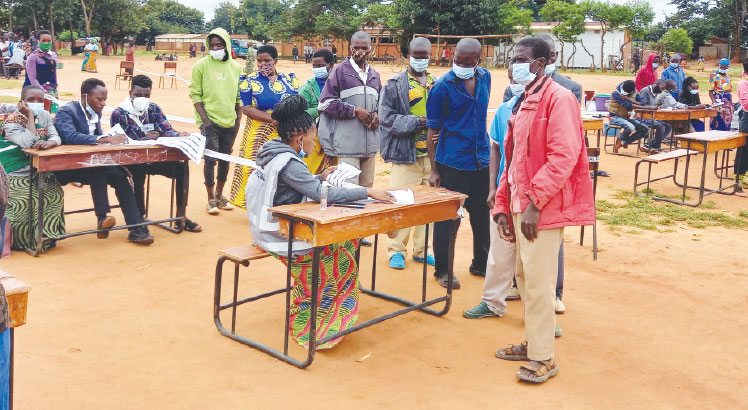AIP not for same beneficiaries, year in year out
Only 3.4 million households received subsidied farm inputs in the 2020/21 agricultural season under the Affordable Inputs Programme (AIP) out of the planned 4.2 million. This means that the AIP train left behind a whopping 800 000 farming households.
AIP, budgeted at K60 billion in its inception year, is the most radical reform in the agriculture sector since the introduction of the Farm Input Subsidy Programme (Fisp) in 2005/06.
As we all know, the main goal of the AIP, as a successor of Fisp, is twofold: to attain food security at household and national levels and to reduce poverty through increased access to improved farm inputs.
The main difference between the two programmes is in the amount of money involved and probably their execution. The Tonse Alliance administration promised a water tight implementation programme devoid of leakages. But with hind sight, we know that implementation of AIP in its first year was chaotic and left many scars.
It is argued that while Fisp was initially successful in achieving national food self-sufficiency, its contribution to poverty reduction was less clear as the incidence of poverty in the country in 2020 was similar to 2005, when the programme was launched. It is against this background that many observers have been keen to learn how the AIP would achieve its goals.
In order to achieve its twin goals in an affordable manner, the AIP is and was expected to reach farmers who cannot afford unsubsidised fertiliser and seed and ensure that they use the inputs efficiently. By targeting all farming households (4.2 million), the programme was supposed to reach all the households who needed subsidised inputs in the 2020/21 season.
But as we know, only 3.4 million of the 4.2 million households received AIP materials in the inception year. Even this number is only on paper. The actual number of farming households who received AIP materials should be much smaller. This is because the programme was riddled with rampant leakages and corruption. There was so much leakage of inputs with many ineligible people accessing the materials.
In terms of beneficiaries, there was little to differentiate between those who used to receive the cheap inputs under Fisp and those who received under AIP. In many parts of the country, the same people who were benefitting under Fisp also received under the new programme. Many who were being left out of Fisp were also excluded under the new programme.
In the next AIP programme for 2021/22, government should put in place measures that will exclude all ineligible households from getting the inputs.
More importantly, government should devise means to ensure those who missed the cake in 2020/21 are prioritised this year. It will be a sad day to see that some of those who did not benefit from last year’s programme are left in the cold again this year. Such was the trend with Fisp where the same names year in year out were on the list of beneficiaries raising suspicion about how the system would be favouring some at the expense of the equally deserving others.
This means that before compiling the new list of beneficiaries, government should review last year’s list and prioritise all those who did not receive the materials in the inception year.
The strong temptation which also derailed Fisp is for ruling party cadres to favour party functionaries. If AIP is to fulfill its objective of achieving food security and reducing poverty, government should ensure all eligible farming households benefit from it regardless of their political affiliation.
Last but not least in importance, government should also learn from the problems it faced last year that made it deliver AIP materials to many parts of the country late. Late delivery of materials greatly affected production.
Successful implementation of the second AIP programme should not be a responsibility of the Ministry of Agriculture or government alone. All governance institutions, public or private, have a role to play by exposing activities, trends and developments that have potential to derail the programme.



